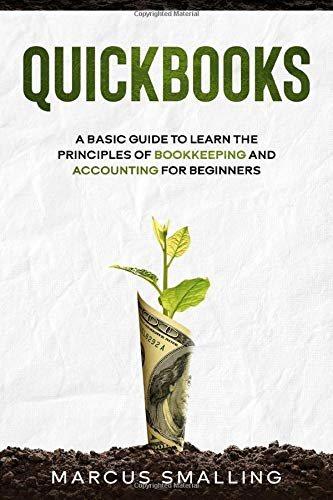Question
Badly need help in explaining this topic about HEDGING EXPOSURE TO FIXED ASSETS. It would be much appreciated if the explanation is as simple as
Badly need help in explaining this topic about HEDGING EXPOSURE TO FIXED ASSETS. It would be much appreciated if the explanation is as simple as possible. ESPECIALLY THE EXAMPLE PROVIDED BELOW HEDGING EXPOSURE TO FIXED ASSETS Up to this point, the focus has been on how economic exposure can affect periodic cash flows. The effects may extend beyond periodic cash flows, however. When an MNC has fixed assets (such as buildings or machinery) in a foreign country, the dollar cash flows to be received from the ultimate sale of these assets is subject to exchange rate risk. Example: Wagner Co., a U.S. firm, pursued a 6-year project in Russia. It purchased a manufacturing plant from the Russian government 6 years ago for 500 million rubles. Since the ruble was worth $.16 at the time of the investment, Wagner needed $80 million to purchase the plant. The Russian government guaranteed that it would repurchase the plant for 500 million rubles in 6 years when the project was completed. At that time, however, the ruble was worth only $.034, so Wagner received only $17 million (computed as 500 million x $.034) from selling the plant. Even though the price of the plant in rubles at the time of the sale was the same as the price at the time of the purchase, the sales price of the plant in dollars at the time of the sale was about 79 percent less than the purchase price. Some MNCs may not worry about the exchange rate effect on fixed assets because they normally expect to retain the assets for several years. Given the frequent restructuring of global operations, however, MNCs should consider hedging against the possible sale of these assets in the distant future. A sale of fixed assets can be hedged by creating a liability that matches the expected value of the assets at the point in the future when they may be sold. In essence, the sale of the fixed assets generates a foreign currency cash in flow that can be used to pay off the liability that is denominated in the same currency. The limitations of hedging a sale of fixed assets are that an MNC does not necessarily know the (1) date when it will sell the assets or (2) the price in local currency at which it will sell them. Consequently, it is unable to create a liability that perfectly matches the date and amount of the sale of the fi xed assets. Nevertheless, these limitations should not prevent a firm from hedging. Long-term forward contracts may also be a possible way to hedge the distant sale of fixed assets in foreign countries, but they may not be available for many emerging market currencies.
Step by Step Solution
There are 3 Steps involved in it
Step: 1

Get Instant Access to Expert-Tailored Solutions
See step-by-step solutions with expert insights and AI powered tools for academic success
Step: 2

Step: 3

Ace Your Homework with AI
Get the answers you need in no time with our AI-driven, step-by-step assistance
Get Started


